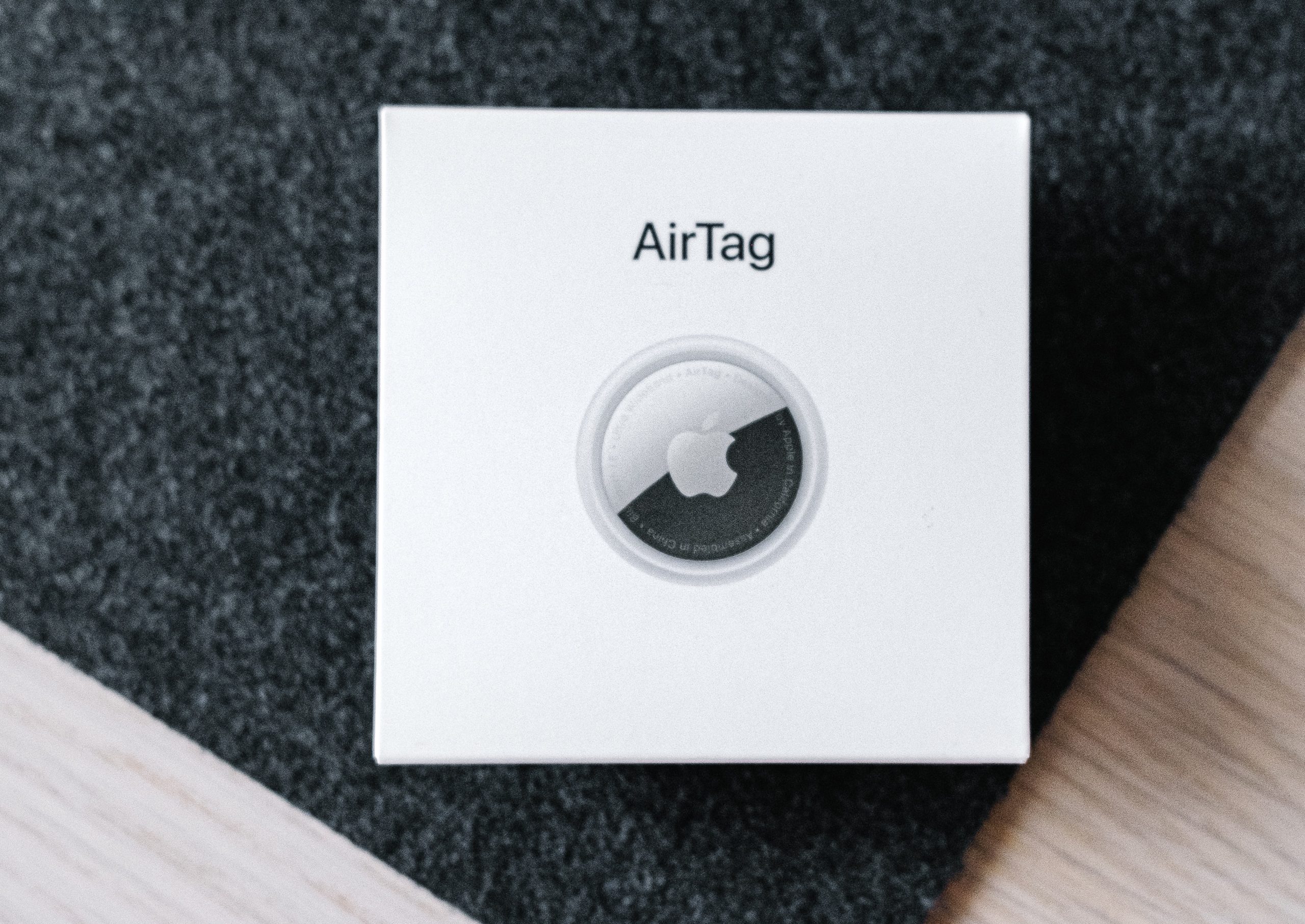Apple’s tracking device is smart and easy to use, but is one step behind several of its competitors in other areas.
- Extensive search network of other phones
- UWB makes it easy to find up close
- Good interface and app
- Replaceable battery
- Requires new Iphone
- Do not warn when you forget to bring
- Requires accessories to attach to a keychain e.g.
When a mobile phone is stolen or is lost, Apple’s Find My Iphone service has often been a lifesaver in times of need. The phone reports its position and you can see it by logging in from another device or by enlisting the help of a friend who can do so.
We are already used to being able to see the position of Apple’s Headphones Airpods as well, and you can say that it is this function that now comes to all the gadgets you can think of, with Apple’s Airtag.
Airtag is a small device, three centimeters in diameter that you can put in the bag or attach to, for example, the keychain or bag and in that way get the position for these gadgets in Apple’s Find app. To be able to use Airbag, an Iphone or Ipad with Ios 14.5 or later is required.
Phones with iOS 13 and later
The great thing about Airtag is that you can take the help of all Iphone users to find your lost stuff. So you do not have to be close to the gadget yourself to find out its position, but all Ipads, Iphones and Ipod Touch with Ios 13 or later help anonymously track your gadgets and report its position.
The principle is really ingenious, but that’s not Apple’s idea. Because if Apple was a pioneer when it comes to tracking mobiles with an iPhone, it is far from the first with tracking chips of this kind. On the contrary, Airtags is a direct copy of what Tile in particular has done for many years.
The great thing is that a larger number of users help each other find things. Tile has worked for many years to build up its user base, which is a prerequisite for the product to work. Apple, on the other hand (as well as Samsung, which also recently released a similar product, Samsung Smarttag), uses existing phones, even if they did not buy and use Airtag. In the case of Apple, all devices with iOS 13 and later are used as long as the user has not actively chosen to turn off the feature. I have of course tested this and intentionally lost a couple of different Airtags, just to see how quickly they are found by another user and it is reported to me.
To know your Airtag’s position, you had to actively go in and search for it when the product was launched. This meant, for example, that I could not get a notice when the tag moved and I could not get a warning when I happened to leave a tag. If you forget the bag at the restaurant, you did not receive information about it, but Apple I fixed it in an update to Ios, so now there is also that function.
Last known position
In the Find app, you see on a map which was your tag’s last known position. If it has been a long time since the tag was visible, the text will be in red, which I notice, for example, at night in the mail depot when the position of my Airtag in the mail package has not been reported in over an hour.
By following the instructions on the map, you can find your tag, but the beauty of the user experience comes when you get closer. With your tag at bluetooth distance, you can from the HItta app get it to play a sound, then for you to easily find it. In addition, with Iphone 11 and later, thanks to UWB support, you can get a detailed guide to the exact position. Then an arrow on the screen shows both direction and distance to your Airtag. This makes it simply impossible not to find it.
Another strength of Airtag is how easy it is to get started. The tag comes with a small plastic cover and by removing it and the small tab that protects the battery, the tag is activated and appears automatically with setting options in the screen of your Iphone. That as long as it’s nearby. Just as smooth as with Airpods.
To then really benefit from Airtags, you should attach it to or on the gadget you want to track and there maybe Apple could have made it easier for us. Many of the competitors have designed their badges with a hole in them so you can easily attach the badges to a keychain, but with Airtag you have to buy a holder. It often costs more than the Airtagen itself, but there are also cheaper alternatives from third-party manufacturers, so there is no disadvantage to dig into perhaps.
A major disadvantage is possibly that the communication with Airtag is one-way. While several of the competitors let you find your phone with a touch of the badge, followed by the phone playing a signal, Apple has no equivalent. You can make Airtag sound by selecting it in the app on your phone, but not the other way around.
Samsung’s Smarttag can even control your smart home, so a press on the badge, for example, opens the garage door when you get home.
